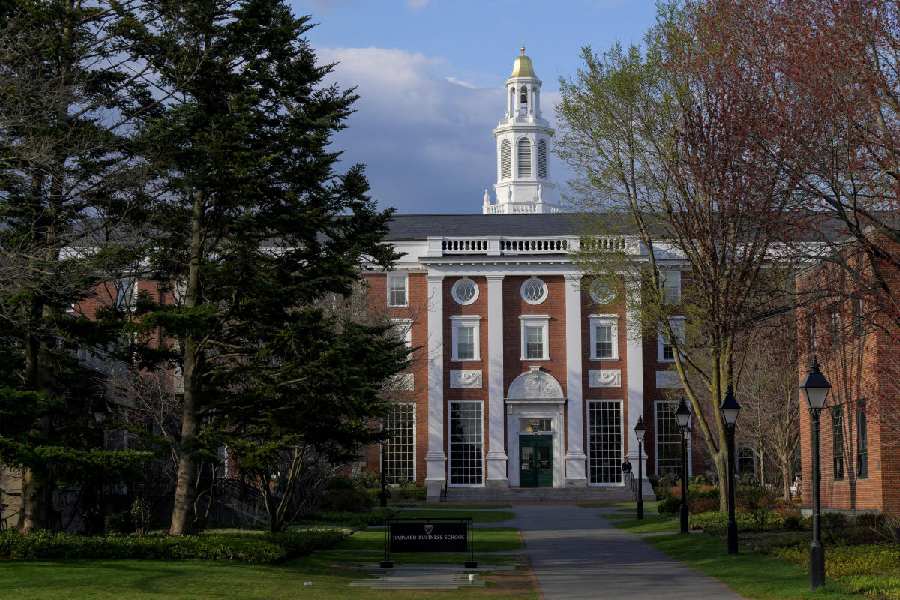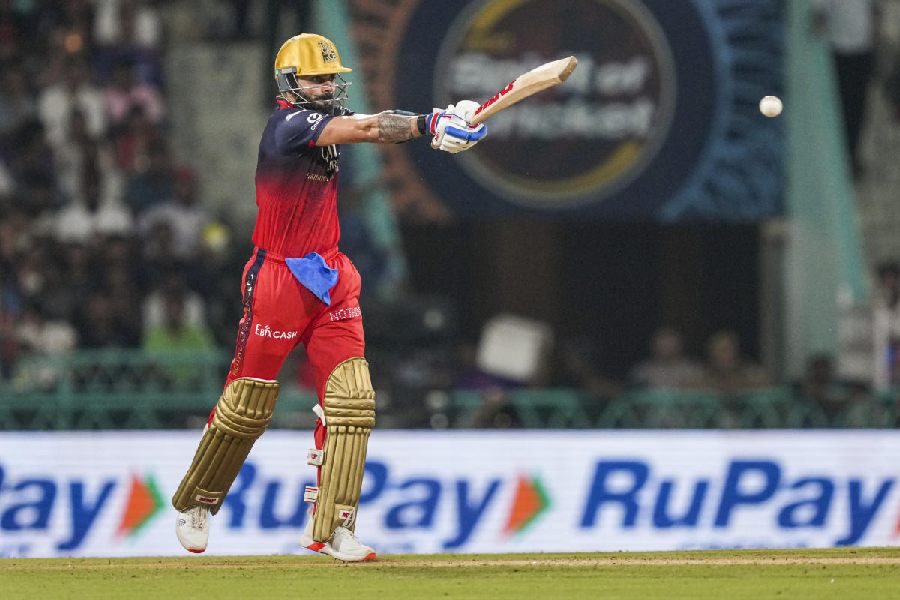
New Delhi, May 19: States could not agree on taxes to be levied on gold, tobacco products, footwear, textiles and farm equipment at the two-day GST Council meeting that ended in Srinagar today. The council will again meet on June 3 to take a call on these items.
Several states, including Bengal and Kerala, had sought a 2 per cent GST on gold, while some others had sought a 5 per cent tax, arguing that gold consumption was a luxury and needed to be discouraged.
"However, the counter argument was that higher rates of taxation would encourage smuggling," said officials.
The Gems and Jewellery Federation of India had proposed a 1.25 per cent GST, while the Indian Bullion and Jewellers Association (IBJA) had sought a 2.25 per cent levy.
Imported bullion attracts a 10 per cent customs duty. India is one of the largest gold consuming nations and the demand for gold in India went up 15 per cent in the first quarter (January-March) of 2017 year-on-year, even as the demand declined 18 per cent globally, according to the latest report by the World Gold Council released earlier this month.
Officials said another contentious issue was jewellery making. Most jewellers outsource the work to smaller but more skilled crafts-houses.
Bengal, Kerala, Gujarat and Maharashtra are major centres for job work. Some states wanted to tax job work at 18 per cent. This makes outsourcing expensive and in-house production more attractive.
One suggestion was to subsume GST on job work within the tax on gold jewellery, but in that case the GST on jewellery would have to be fixed at 5 per cent, said officials.
Cigarette and bidis
Market research suggests that GST of 28 per cent plus cess on cigarettes will make many brands of cigarettes slightly cheaper. This is being opposed by health and anti-cancer advocates. Share prices of firms such as ITC shot up today on news that the effective GST rate may be lower than current taxes. ITC rose to Rs 286.40 a share, a gain of Rs 8.50.
In fact, advocacy groups want to impose even higher rates on bidis, a move opposed by producer states such as Andhra Pradesh and Telangana. Producer states in fact at one time suggested a lower tax rate for bidis at 18 per cent. However, this did not find favour with most states.
Trial period
The Confederation of All India Traders (CAIT) has demanded that the first few months after GST is implemented be treated as a trial period.
"There shouldn't be any penal action on traders in this trial period," the trader body said. They want the trial period to extend till March.
The government hopes to impose the new tax starting July 1. But some analysts said the date was too optimistic as many companies and states were still not ready for the new tax system. Several states are yet to pass the laws needed to usher in GST.
V.S. Datey, senior consultant, Taxmann, said: "Exemptions and issues related to reverse charge mechanism have not been finalised, thus the chances of introducing GST by July 1 appears doubtful."
Rate watch
Motorcycles (above 350cc) will attract a total of 31 per cent tax (including cess) under the GST regime, same as private aircraft and luxury yachts.
All cars, buses, trucks and motorcycles, including mopeds, will attract a peak GST of 28 per cent plus cess. Small cars (less than four meter, petrol engine of up to 1200cc) will attract 1 per cent cess. Small diesel cars (less than 1500cc) will be charged 3 per cent cess.
Mid-sized cars, SUVs and luxury cars will all attract 15 per cent cess, same as that for buses and vans that can carry more than 10 persons.
Hybrid cars (more than 1500cc engine) will attract 15 per cent cess. Aerated drinks and lemonade will attract 12 per cent cess on top of the peak rate, while pan masala gutkha will be charged 204 per cent cess on top of the peak rate from July 1.










